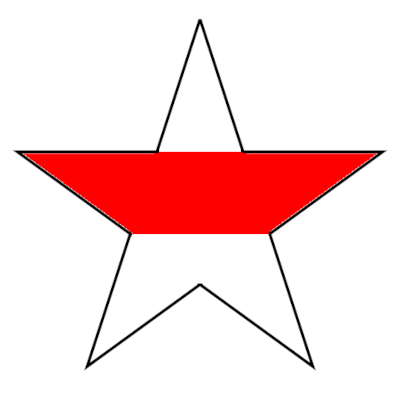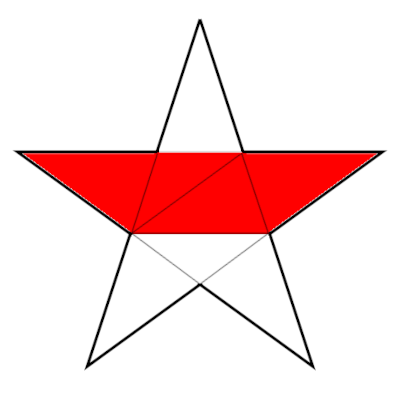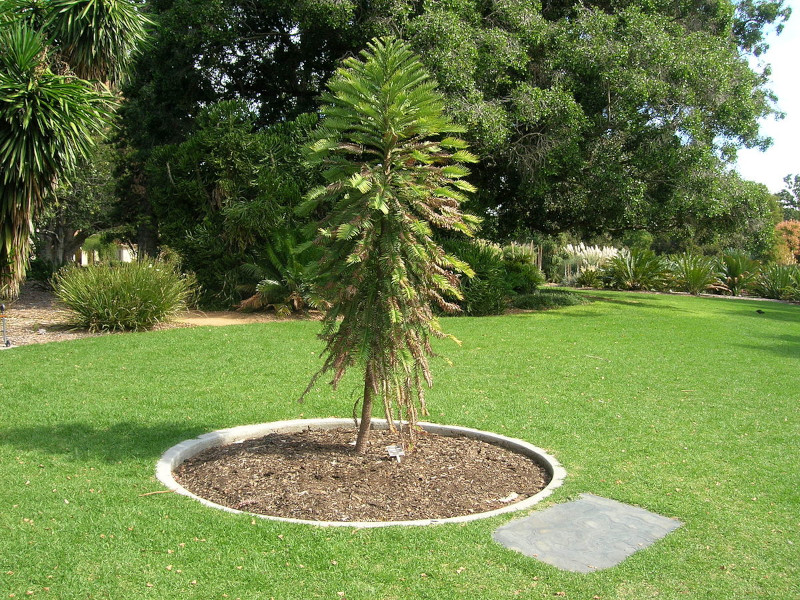For his 1959 work Zone de Sensibilité Picturale Immatérielle, Yves Klein sold the ownership of empty space.
In its 1967 Air-Conditioning Show, English conceptual collaborative Art & Language presented an empty room containing two air conditioning units; the artwork was “what is felt and said about it.”
James Lee Byars’ 1969 work The Ghost of James Lee Byars consisted of the emptiness and darkness of a pitch-black room.
Robert Barry communicated his 1969 Telepathic Piece mentally to visitors; the artwork was “a series of thoughts that are not applicable to language or image.”
Andy Warhol’s 1985 Invisible Sculpture was entirely intangible.
Tom Friedman’s 1992 work Untitled (A Curse)” consisted of a region of empty space that had been cursed by a witch.
Roman Ondak’s 2006 work More Silent Than Ever was an empty exhibition room in which a covert listening device had allegedly been hidden; visitors were told they were being monitored, but no evidence was ever given that the device really existed.
Salvatore Garau’s 2021 sculpture Io Sono occupied an area 5 feet square but was otherwise imperceptible.
Ruben Gutierrez’s 2022 work This Sculpture Makes Me Cry (A Spell) was said to represent what the artist could not see but which affected him emotionally.
Warhol and Gutierrez both presented their sculptures on white pedestals. Is there any way to prove they’re not the same piece?




